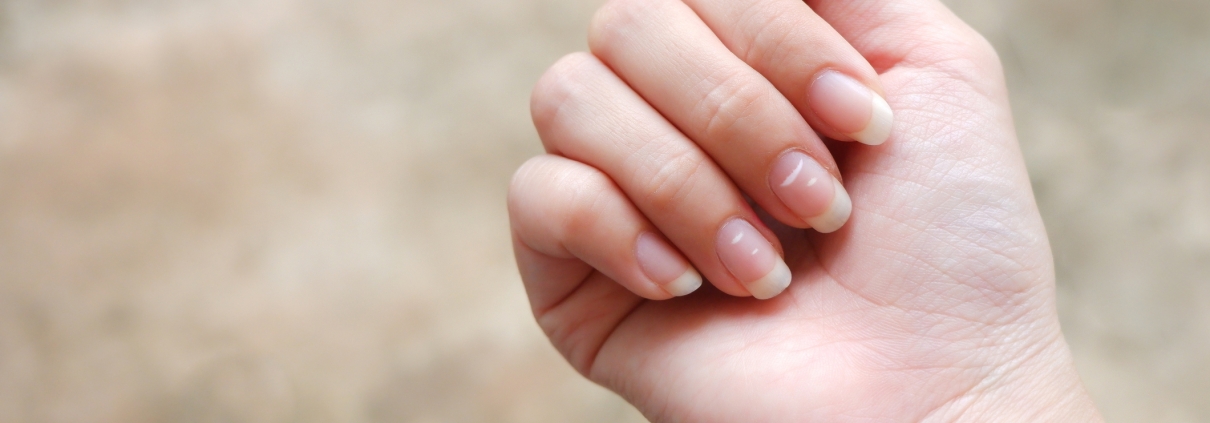The Causes and Solutions for Nail Deformation
Our nails, although often overlooked, serve as more than just a canvas for artistic expression. The health and appearance of our nails can provide valuable insights into our overall well-being. Nail deformation is a common concern that can impact both aesthetics and functionality. In this article, we explore the various causes of nail deformation, potential underlying health issues, and practical solutions for addressing this common concern.
Understanding Nail Deformation:
Nail deformation refers to changes in the normal structure, shape, or appearance of the nails. This can manifest in various ways, including changes in curvature, thickness, or the development of ridges. While some cases of nail deformation may be cosmetic, others could be indicative of underlying health issues.
Common Causes of Nail Deformation:
Trauma or Injury: Physical trauma to the nails, whether from accidental injury or habitual behaviors like nail biting, can lead to deformation. This may result in changes to the nail plate, cuticle, or the surrounding skin.
Fungal Infections: Infections caused by fungi, such as onychomycosis, can distort the appearance of the nails. Thickening, discoloration, and changes in shape are common symptoms of fungal nail infections.
Psoriasis and Eczema: Chronic skin conditions like psoriasis and eczema can extend to the nails, causing deformities such as pitting, ridges, or changes in color.
Nutritional Deficiencies: Inadequate intake of essential nutrients, particularly biotin, iron, and vitamins, can impact the health of the nails, leading to deformation.
Underlying Health Conditions: Systemic illnesses such as thyroid disorders, autoimmune diseases, or metabolic disorders may manifest in changes to the nails.
Addressing Nail Deformation:
Protective Measures: To prevent trauma-induced nail deformation, practice caution when using tools or engaging in activities that pose a risk of injury. Wearing protective gloves can also be beneficial.
Hygiene Practices: Maintaining proper nail hygiene is crucial in preventing fungal infections. Keep nails clean, dry, and avoid prolonged exposure to damp conditions.
Nutritional Supplements: If nutritional deficiencies are suspected, consider incorporating supplements or adjusting your diet to ensure an adequate intake of essential nutrients for nail health.
Medical Attention: Persistent or severe cases of nail deformation warrant professional evaluation. Consult a dermatologist or healthcare provider to rule out underlying health conditions and determine appropriate treatment.
Gentle Nail Care: Adopt a gentle approach to nail care. Avoid excessive filing, aggressive manicures, and the use of harsh nail products that may exacerbate deformation.
Nail deformation is a multifaceted issue with various potential causes. While some cases may be benign and easily addressed through self-care practices, others may be indicative of underlying health concerns that require professional attention. By understanding the causes and adopting preventive measures, individuals can promote the health and aesthetics of their nails. When in doubt, seeking guidance from healthcare professionals ensures a comprehensive approach to addressing and resolving nail deformation, promoting overall well-being.





